You can still visit the Titanic (for now), but getting there is not easy
Categories: Cinema | Photo project | Society | Tragedy | Water | World
By Vika https://pictolic.com/article/you-can-still-visit-the-titanic-for-now-but-getting-there-is-not-easy.htmlMovie buffs know what happened to Jack and Rose, but what happened after the Titanic sank in real life? Over the decades, the tragic ship has found new life at the bottom of the ocean. Curious people can catch a glimpse of the ship's remains through photographs and videos, but thanks to technological advances, people can now see it in person ... if they can afford it.
Most people know the basic facts about the Titanic; The world's largest and supposedly unsinkable ocean liner crashed into an iceberg while crossing the Atlantic in 1912 and sank, killing about 1,500 people.
More than a century later, this great ship continues to capture the imagination of humanity. Several companies offer tours to the wreck of the Titanic using modern underwater vehicles, but visiting the Titanic is not cheap - scientists fear that the remains of the ship could survive for several more years. Daring Titanic lovers may want to dive to the bottom of the Atlantic Ocean to see the existing historical ruins.
11 PHOTOS
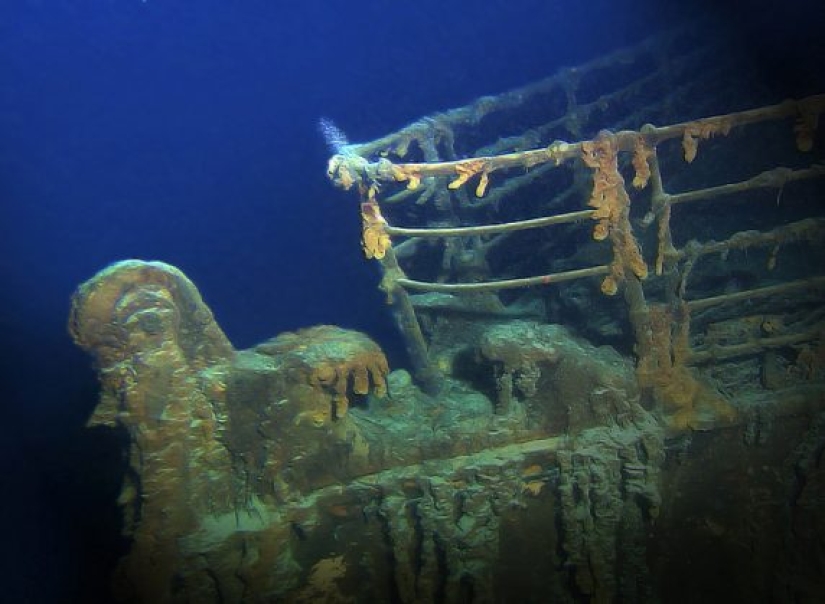
1. People who can afford a $ 125,000 ticket can visit what's left of the ship.
Deep Ocean Expeditions launched their first deep-sea tour to the Titanic in 1998 and continued expeditions until 2005; they even brought the couple to the shipwreck to get married. The company last traveled in 2012 to commemorate the 100th anniversary of the disaster, charging $ 59,000 for tickets. Titanic lovers had little hope of visiting it until a couple of companies announced new expeditions. Bluefish, a provider of VIP Access to a More Attractive Lifestyle, plans to offer a guided tour in a small submersible that can carry two passengers and a pilot. For $ 59,680 per ticket, passengers will descend at 30 meters per minute through darkness and icy water, viewing several sections of the Titanic in 12 hours round trip. OceanGate Expeditions also intends to conduct tours with additional objectives of damage inspection and 3D imaging of the site. On the six-day trip, researchers and "citizen scientists" who can afford a $ 125,000 ticket will act as "mission specialists", helping fund researchers by participating in "communications, navigation, sonar, photography, and dive planning."
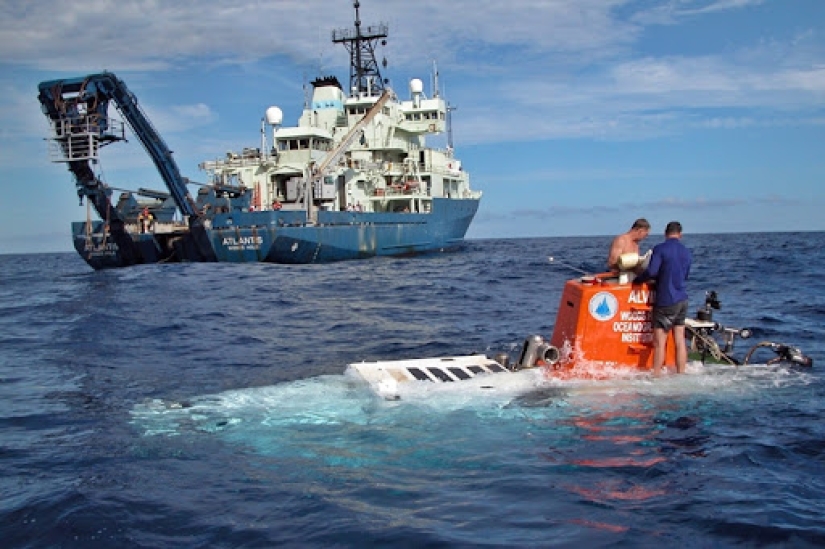
2. Travel to the bottom of the Atlantic Ocean is never quick or safe.
It can take about two and a half hours to reach the resting place of the Titanic, which is approximately 3,840 meters below sea level. This is ironic since the ship sank to the bottom in a matter of minutes. Since the pressure is strong at this level, the submersibles need additional safety to ensure the safety of passengers. Any puncture or hole in the hull could instantly explode the ship.
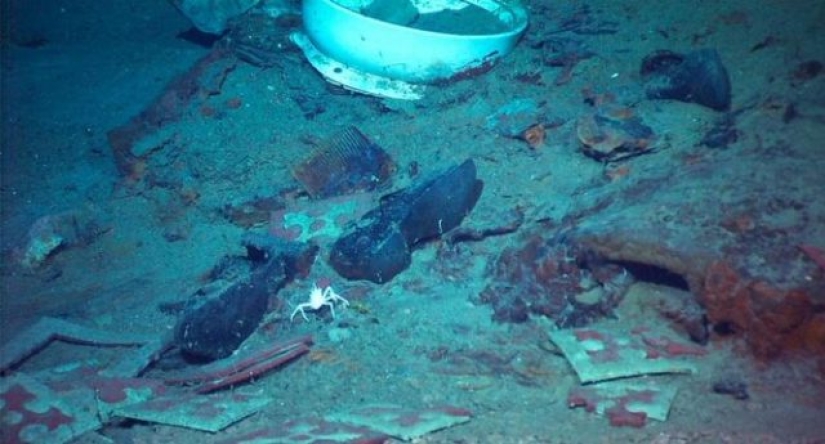
3. Experts disagree as to whether human remains are in the Titanic.
Since seawater does not spoil the skin quickly, boots and shoes on the seabed can stay in place. The marine life most likely consumed the corpses after the wreck, but some believe there are bodies in some parts of the ship. Underwater decomposition requires oxygen supplied by currents, so the researchers speculate that there may have been surviving remains in areas inaccessible to water flow.
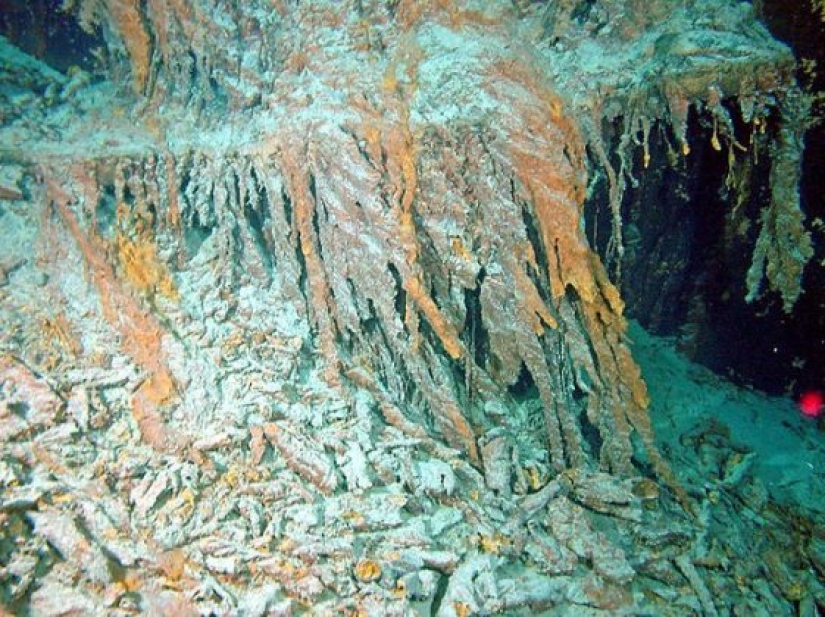
4. The remains of the ship may soon disappear due to hungry bacteria.
Due to the intense pressure and conditions surrounding the Titanic's final resting place, it gradually collapsed over the years. The absence of living beings at this level helped save the sunken ship from severe corrosion. However, scientists noticed strange formations forming on the pieces of the ship, like icicles. A team of Canadian researchers returned the samples to their laboratory, noting that bacteria live in these strange formations. One of these scientists, Henrietta Mann, delved deeper into research and discovered a new species of bacteria (Halomonas titanicae); it can survive in conditions of deep-sea pressure and darkness. Unfortunately, bacteria devour the ship's metal in order to survive. According to several researchers, the Titanic can only last about 11 years.
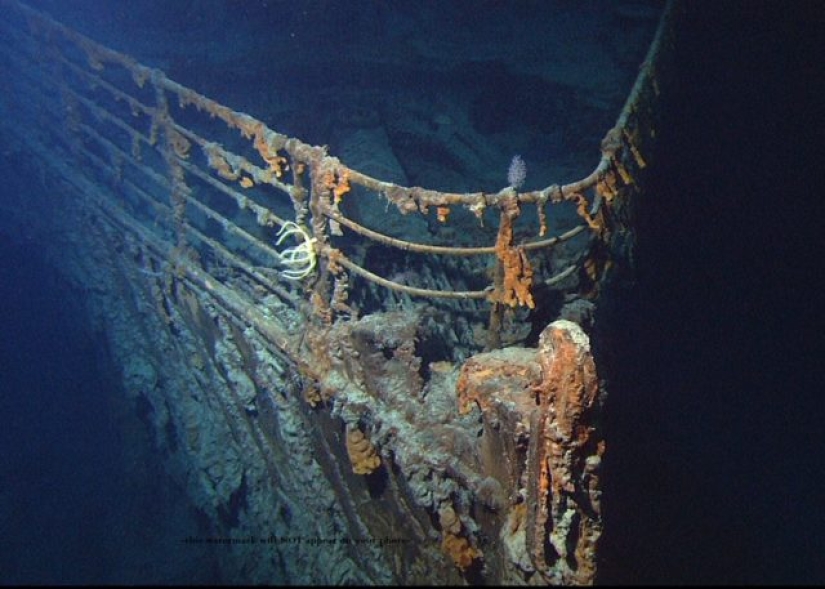
5. Treasure hunters have taken thousands of artifacts from the wreckage of the Titanic.
Since the remains of the Titanic are in international waters, different countries have fought for the rights to the ship for years. In 1985, researcher and former US Navy officer Robert Ballard asked Congress to protect the site, inspiring a protection bill signed by Ronald Reagan. The RMS Titanic Marine Memorial Act requires individuals and companies to obtain permission from the Secretary of Commerce before removing items from the wreckage. Unfortunately, this law did not have much effect - treasure hunters and other researchers took many artifacts from the site, including more than 5,500 items recovered by a private company for commercial purposes. Many have also auctioned artifacts, further fueling controversy over whether people should refrain from visiting the Titanic and respect it as a burial site.
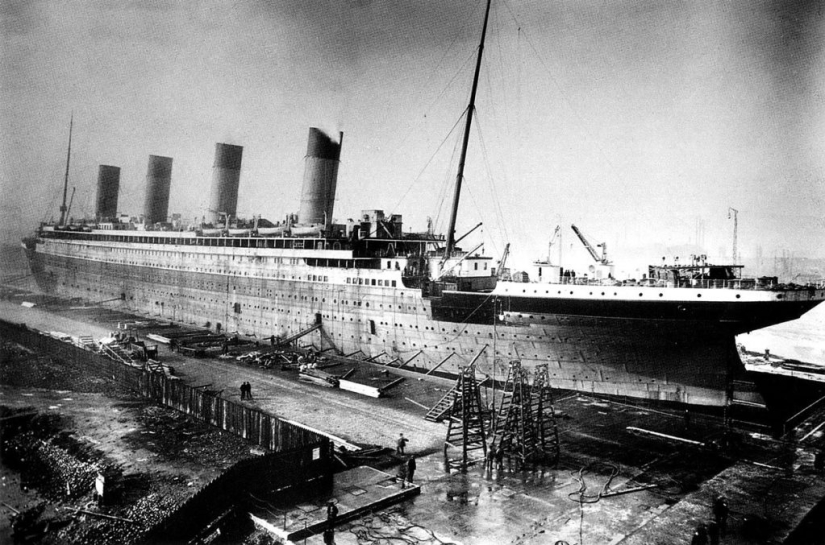
6. Careless visitors can further damage the debris.
Robert Ballard, one of the researchers who discovered the wreckage of the Titanic, claims that visitors to the site were further damaged by the wreckage. He claims that he has photographic evidence that the ship is in worse condition than when it sank, and not just because it has been underwater for many years.

7. Titanic-obsessed James Cameron has visited the sunken ship over 30 times.
Although he is better known for bringing the history of the Titanic to the big screen, James Cameron is also an active explorer of the deep sea. In fact, the sinking of the Titanic inspired his passion for the sea. He once stated that he made his film with the sole purpose of diving into the wreckage. During filming, Cameron made 11 exits to the seabed, some of which were included in the film as real underwater footage.
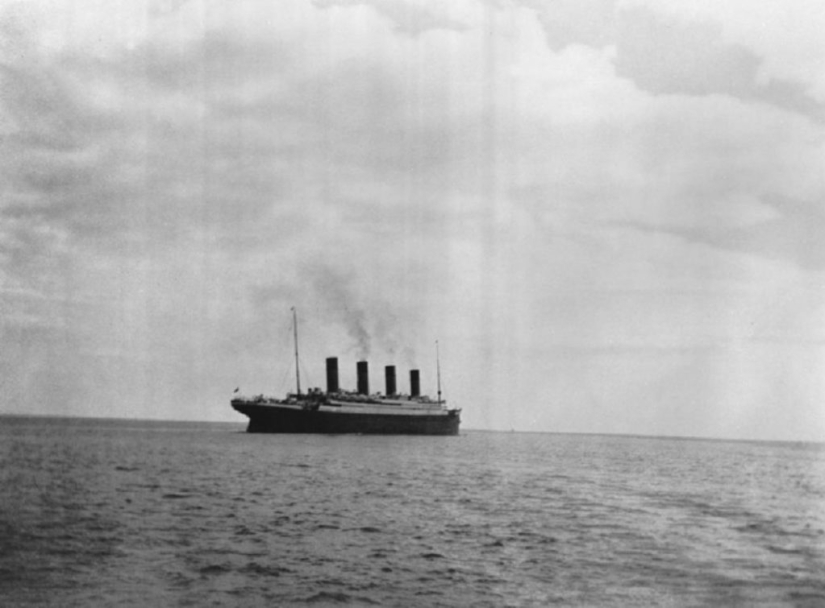
8. It took 73 years to find the remains of the Titanic.
Carpathia held the only clue to where the Titanic sank in the Atlantic. The ship was the first to arrive at the scene and rescued many of the survivors, but the crash site was reportedly 20 kilometers away. In addition to searching in the wrong place, people faced additional difficulties in finding debris due to the depth of the ocean. It took years before technology was developed enough to effectively explore an underwater region known for its intense pressure and virtually no light.
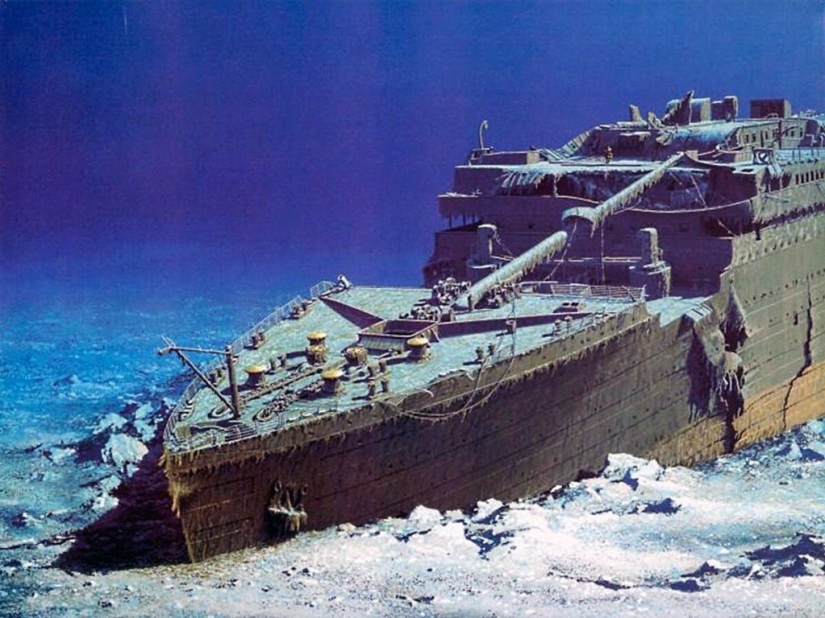
9. Ballard found the wreckage of the Titanic in 1985.
After a mission to find the Titanic failed in 1977, oceanographer Robert Ballard used new robotic technology to scan the floor of the Atlantic Ocean. Ballard's team realized that it was potentially easier to search for a wide field of debris than to chase a single metal object, such as a hull.
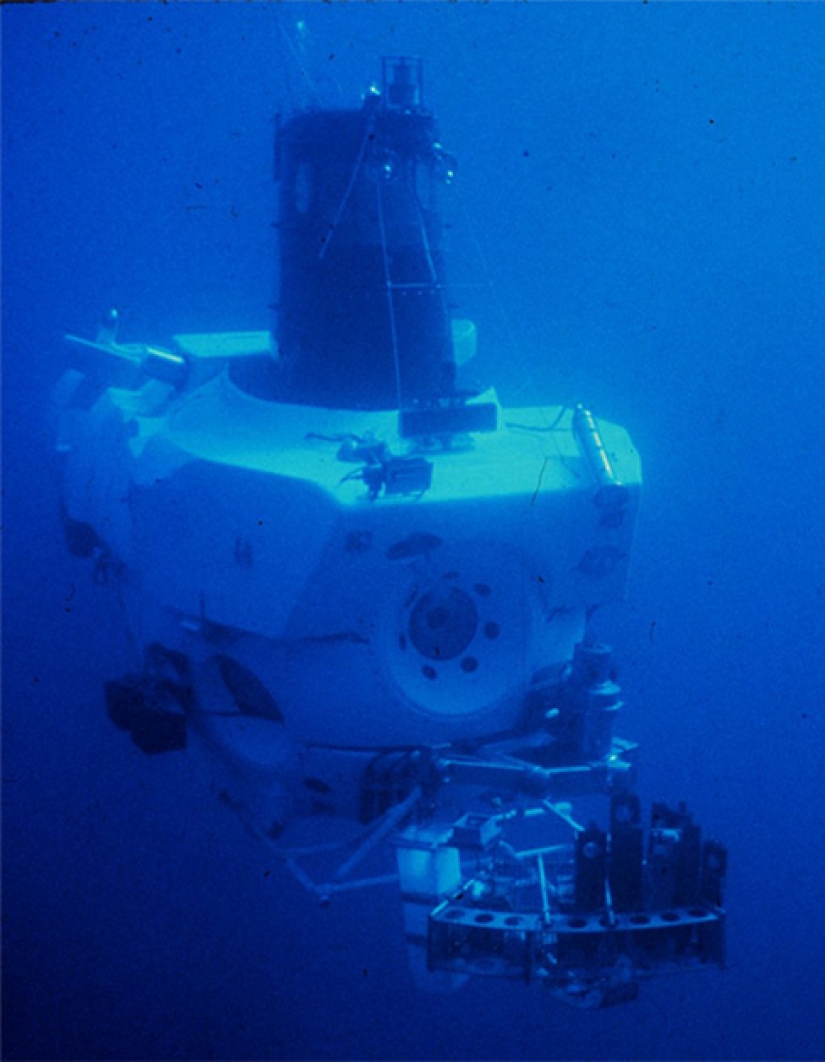
10. Ballard was on a secret military mission when he found the Titanic.
To finance the search for the wreckage of the Titanic, Robert Ballard agreed to carry out a mission for the US Navy - the public did not know about this until 2008. During the Cold War, the Navy wanted to secretly use Ballard's submarine technology to find a pair of nuclear submarines, the USS Thresher and USS Scorpion, that sank in the North Atlantic in the 1960s.
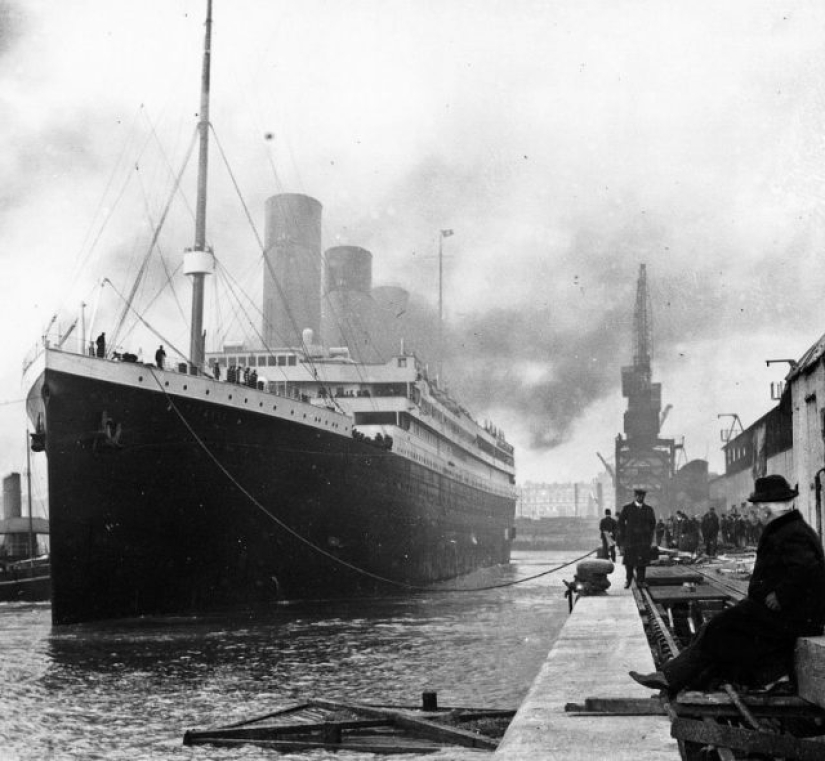
11. UNESCO protects the wreckage of the Titanic.
In 2012, historians celebrated the 100th anniversary of the sinking of the Titanic; it was both an important milestone and a marker of when UNESCO declared the protection of the wreckage as part of its cultural heritage. In 2001, the organization created a convention that considers all shipwrecks from 100 years old to be historical artifacts.
Keywords: Titanic | Water | Ocean | World | Famous movie | Realty | Ship | Iceberg | Ice | Cinema
Post News ArticleRecent articles

St. Petersburg artist Boris Groh (Groh Boris) paints a grim and mysterious creatures in the dark Russian streets. And they seem to ...

If you think that sleep disorders are a problem of a modern person, then you are deeply mistaken. Insomnia has tormented people at ...
Related articles

Most of us, if not seen firsthand, then certainly know from movies and postcards the famous Trevi Fountain in Rome. Of course, ...

Date of 15 April 1912 was the largest Maritime disaster of the twentieth century — in the Atlantic, on the way from Southampton ...

Thousands of years ago, Chinese builders built settlements where it was possible to move only by boat. In Europe, you can feel the ...

The passion for adventure pushes people to act rashly. It’s good if in this way you get bruises and bumps, which turn into ...